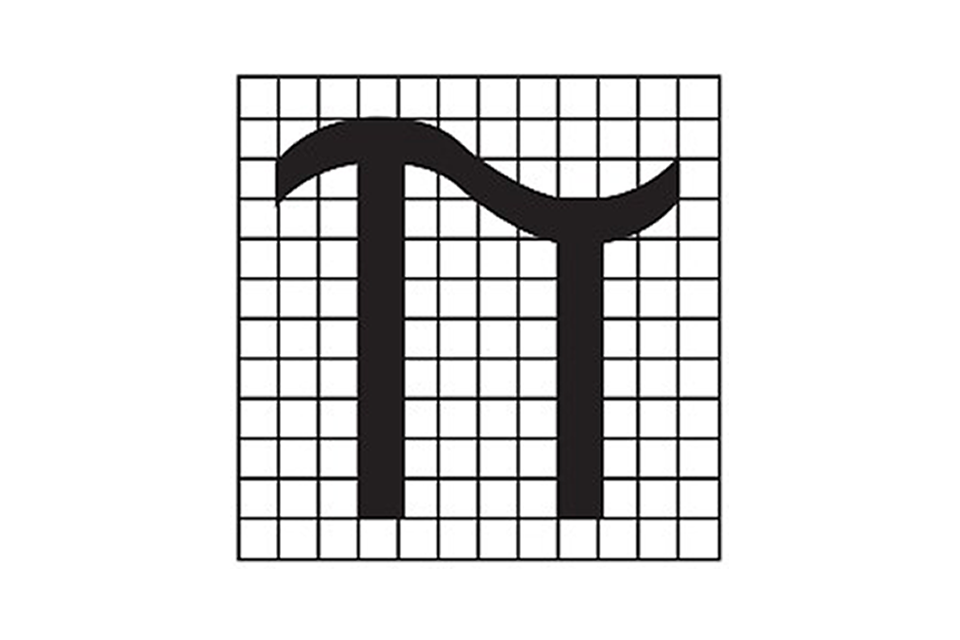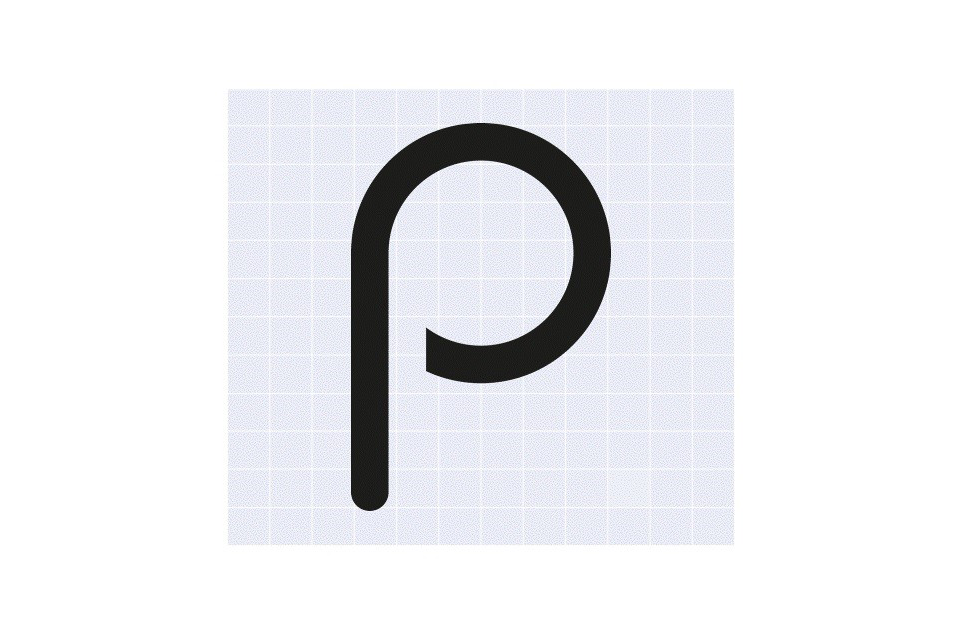Transportable pressure equipment: amendment to conformity assessment and marking requirements
Updated 12 August 2021
Background
The Dangerous Goods team, located in the Department for Transport (DfT), leads on policy for the safe and secure transport of dangerous goods by road and rail. It also has oversight of the sea and air modes.
The UK government has a twofold objective:
- to ensure that rules on the carriage of dangerous goods – largely agreed at international level – are designed to help minimise the risk of harm to people, property and the environment
- to ensure that regulations are proportionate and implemented in the UK in a way that helps to facilitate trade and economic growth
Regulatory framework in Great Britain
In the United Kingdom, requirements for the construction, testing and use of transportable pressure equipment (TPE) derive from the Regulations concerning the International Carriage of Dangerous Goods by Rail (RID) and the Agreement Concerning the International Carriage of Dangerous Goods by Road (ADR).
In Great Britain, the Carriage of Dangerous Goods and Use of Transportable Pressure Equipment Regulations 2009 (as amended) (the “2009 regulations”) implement the requirements of RID and ADR. Part 4 of the 2009 regulations sets out the obligations of various parties involved with TPE, as well as rules for conformity assessment and marking.
In the European Union (EU), RID and ADR are implemented via the Dangerous Goods Directive 2008/68/EC. The Transportable Pressure Equipment Directive 2010/35/EU (the “TPE directive”) requires that TPE is manufactured, conformity-assessed and inspected in line with the requirements of RID and ADR.
The TPE directive sets out the responsibilities of various parties and requires that, before being placed on the market, TPE is conformity-assessed by an EU notified body and affixed with a ‘Pi’ conformity marking (as shown).

Following the UK’s departure from the EU, the TPE directive rules continued to apply for the duration of a one-year transition period. During this transition period, EU Pi-marked TPE could continue to be placed on the GB market and vice versa.
Since the transition period ended on 31 December 2020, UK-approved TPE can no longer be placed on the EU market.
The 2020 regulations
After the one-year transition period ended on 31 December 2020, the 2009 regulations were amended by the Carriage of Dangerous Goods and Use of Transportable Pressure Equipment (Amendment) (EU Exit) Regulations 2020 (the “2020 regulations”).
The 2020 regulations maintained the dangerous goods regulatory framework in GB but made necessary amendments to reflect the UK’s departure from the EU.
Entities based in GB that had been EU notified bodies were appointed by the GB competent authority as appointed bodies.
The 2020 regulations provided for the continued recognition of TPE approved by a notified body established in the EU or Northern Ireland. The 2020 regulations also established an alternative process to allow TPE to be assessed by a GB-appointed body and marked with a ‘Rho’ conformity marking (as shown).

Proposed amendments to the 2009 regulations
We are proposing to amend the 2009 regulations to require that, in future, TPE being placed on the GB market is conformity-assessed by a:
- GB-appointed body and affixed with a Rho marking
or
- notified body established in Northern Ireland, affixed with a Pi marking plus the indication ‘UK(NI)’
This would effectively end recognition of EU Pi-marked TPE in GB, although TPE already on the GB market before this amendment comes into force may remain in circulation.
Consultation
We are planning an amendment to the 2009 regulations to end recognition of EU-approved TPE. It is proposed that this change will come into effect between 1 January 2022 and 1 January 2023.
This consultation invites comments on the impact of ending recognition of EU Pi-marked TPE in GB. The findings from this consultation will be used to inform a decision on when this amendment should come into effect.
This consultation may be of particular interest to those involved in the manufacture, conformity assessment or use of TPE in GB.
What happens next
A summary of responses, including the next steps, will be published within 3 months of the consultation closing.
If you have questions about this consultation, you may contact us.
Annex A: questions
Respondent information
Are you responding to this consultation on behalf of an organisation or as an individual?
Name of organisation or company?
Your name?
Your email address?
Which best describes your organisation’s role?
If you are an employer, how many employees are there in your organisation? If you are a trade association, how many companies do you represent?
Do you or your organisation deal with transportable pressure equipment?
If you have answered “Yes”, what role do you or your organisation have in relation to transportable pressure equipment?
Questions
Do you support the proposed amendment to the 2009 regulations?
Do you manufacture transportable pressure equipment?
Do you manufacture transportable pressure equipment for any of the following markets?
If you used the services of a conformity assessment body prior to 1 January 2021, where was the body established?
If you used the services of a conformity assessment body since 1 January 2021, where is the body established?
What is the main reason for using the services of your current conformity assessment body?
If you intend to switch to using a GB-appointed body for conformity assessments, how long do you expect that process would take?
Do you or your organisation conformity-assess transportable pressure equipment?
Where is your business established?
Do you have capacity to take on additional conformity assessments for the GB market?
How many active type approvals do you hold?
How long would it take to reissue all of your active type approvals if undertaken as a paper based exercise?
What do you expect will be the main challenge when reissuing these type approvals?
Do you have capacity to take on type approvals being transferred from EU notified bodies if undertaken as a paper based exercise using data from existing type approvals?
Would the proposed change result in significant cost implications for you, or for your business or organisation?
Would the proposed change result in significant cost savings for you, or for your business or organisation?
Would the proposed change result in any other significant disadvantages for you, or for your business or organisation?
Would the proposed change have any other significant benefits for you, or for your business or organisation?
